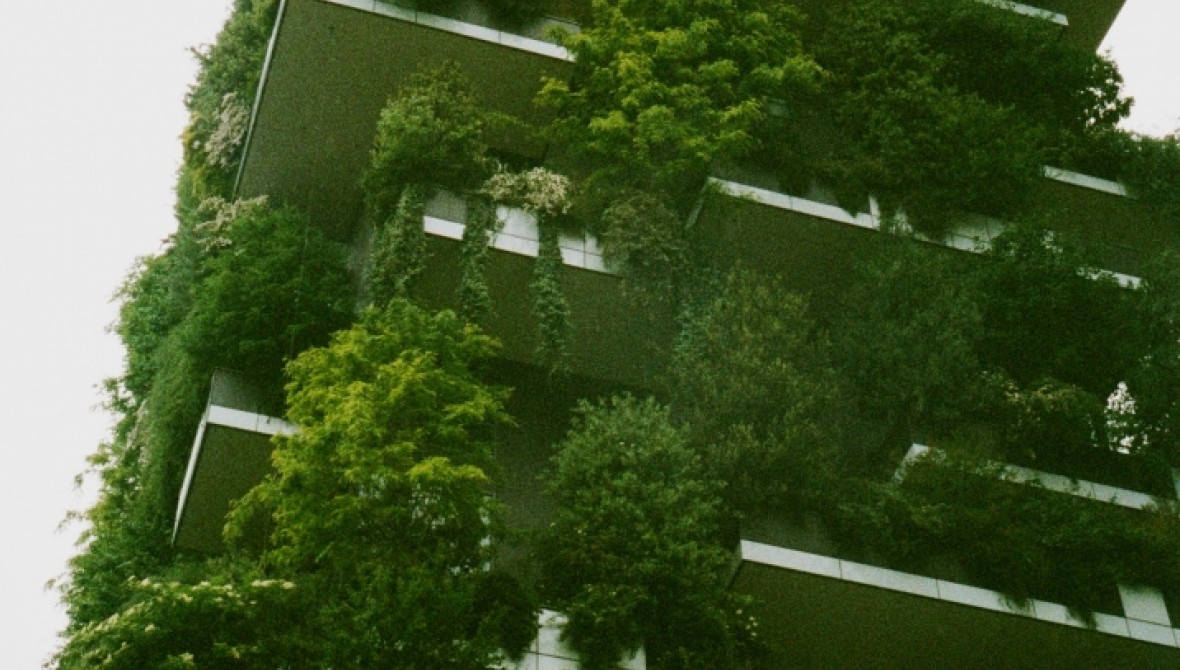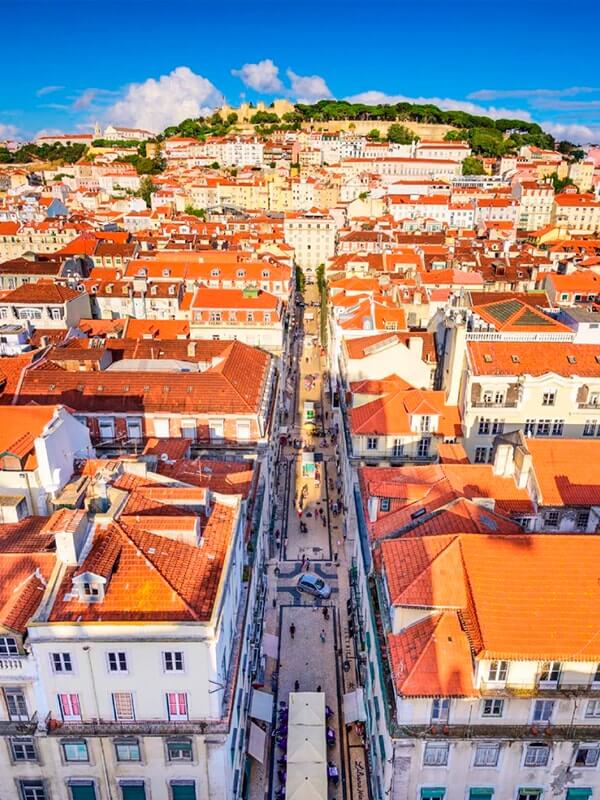In Portuguese, the definition is much less sexy than the English counterpart, but that doesn't matter: Earth Overshoot Day(Earth Overshoot Day) defines the day of the year when humanity consumes all the natural and ecological resources that the Planet has the capacity to replenish until it completes a cycle of 12 months, one year. This year, we crossed the red line and managed to deplete all of Earth's resources on July 28th; in the previous year, it fell on the 29th of July; and the year before that, in 2020, on the 22nd of August. Since 2001, this fateful day, the day we look our future in the eye, is brought forward by an average of 3 days. Our planet is losing its ability to replenish all its resources to cope with everyone's excessive consumption: every time we go beyond the cards we have at our disposal, we are taking resources away from our future, from our children, grandchildren. What can we do?
We can do a lot, we can start by adopting a different behavior and, above all, opting for more sustainable consumption, at all levels. This concept is directly related to the way we live our lives: the possibility of a different future is proportional to the possibility of educating ourselves as buyers and consumers of waste. We do have a decisive role in protecting the environment.
We can start with small things, but we can also make bigger changes: our home. This is where we end up consuming more resources: we use more water than we need to live; our appliances consume a lot of electricity, euros on our bill and jeopardize the sustainability of the planet; the garbage we produce, when not properly separated at home, makes the sorting process at waste stations difficult and, in fact, do we need to consume that much? Less is more: design your home to consume a minimum of ecological footprint – the planet will thank you and in the long run, so will your wallet. But how?
Guide to designing an eco-friendly home – because the change is within us
This concept of designing a sustainable home or adapting our space to consume less resources is a concept that is only a few years old: above all, this approach provides that your home has a minimum impact on the environment, that is to say that it is designed to conserve as much as possible. of natural resources, optimizing energy and water consumption and having greater durability over the years, with less need for maintenance. The materials are of high quality and more resistant to weather and time.
When you decide to design a sustainable house from scratch, there are some factors to take into account: at an early stage, think about the location of the house – did you buy land? What is the solar orientation? By choosing, for example, a location with good sun exposure, you will have the advantage of using this free natural resource called the sun, instead of buying appliances or artificial techniques to light or heat your home.
Well, of course it's nicer to build a sustainable mansion - and if the reader has the financial means to bring this dream to life, it's an excellent option - however, making use of logic, small houses consume less resources and energy in the long term . Design according to your needs, that's the advice we can give you, never forgetting that less really is more.
Write it down now and don't forget it in the future: Good quality insulation is the key to a project like this – here it can include aspects such as an intelligent ventilation system (did someone say unwanted humidity?), double glazing, or excellent finishes on doors and windows , which allow air circulation when necessary – for example in the warmer months -, and the maintenance of the natural heating of the house, during the colder season. Reducing the ecological footprint inside your home requires willpower, perhaps the initial investment will be greater – if you install renewable energies such as solar, wind or hydropower -, but in the future you will be reducing costs and increasing savings.
Rethinking and transforming a house to reduce the ecological footprint, or building it from scratch, is not cheap, however there are many different options when it comes to these rehabilitation processes. There are owners of Eco-Friendly houses who like to build them from scratch, naturally the cost associated with this type of housing will be lower. Even so, do not ask Terra for more credit, Banco Credibom will help you, with complete confidence and security. By resorting to the Credit for Works and Small Repairs, you can obtain financing of up to €50,000 to transform your home and make it more environmentally friendly; by opting for the Home Appliances Credit, you can receive up to €30,000, while the Personal Credit – ideal for projects of the heart -, allows you to receive help of up to €75,000.
One final note: for your home to be considered energy efficient, you need to acquire the A classification, from the Energy Certification System for Buildings (SCE), for residential buildings – mandatory since 2013. When purchasing this digital certificate valid for 10 years , you will have a seal of guarantee that your residence complies with the defined parameters of low impact on the planet.
Dreaming is good, but doing... doing is much better. Enough of asking Earth for credit, dream of the future with those who love you.


